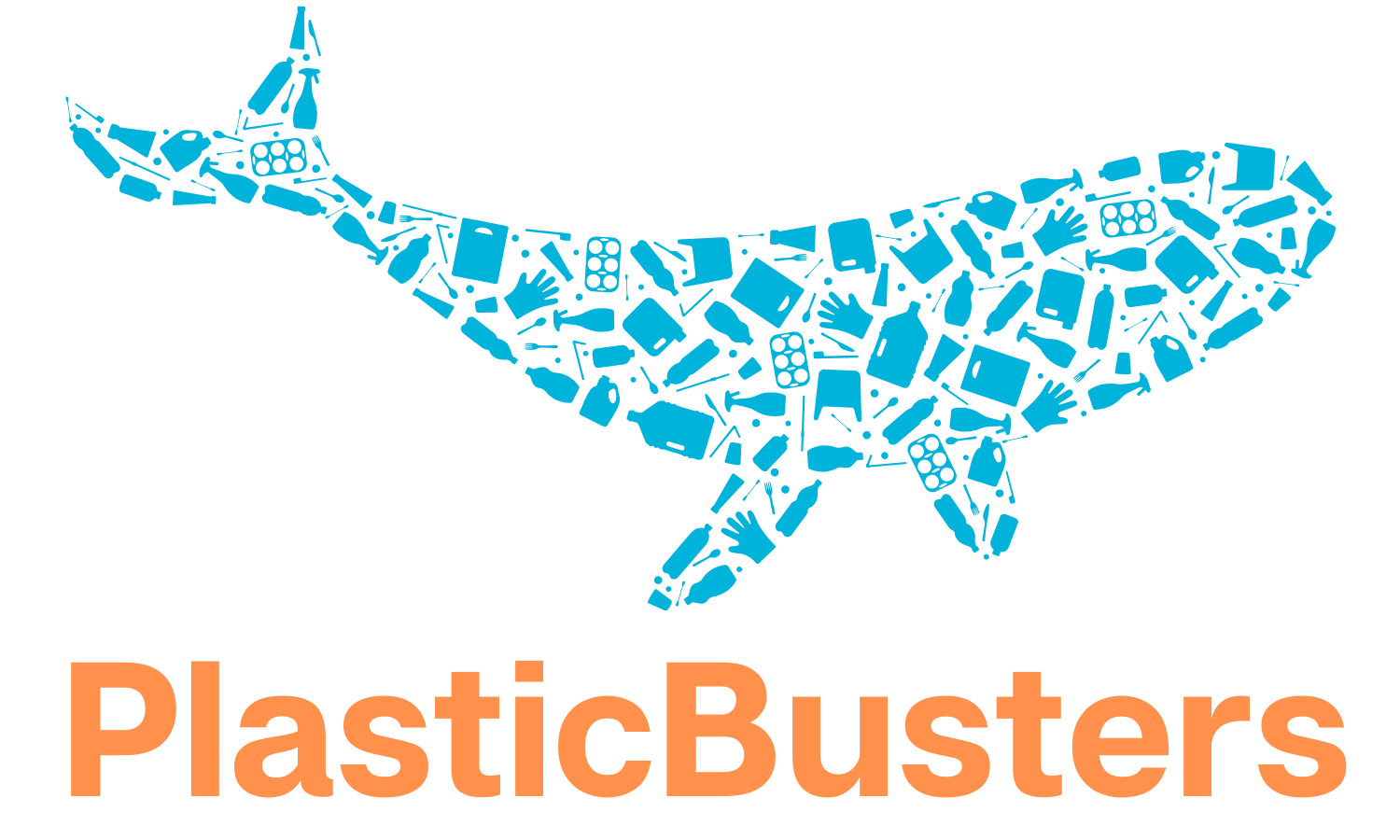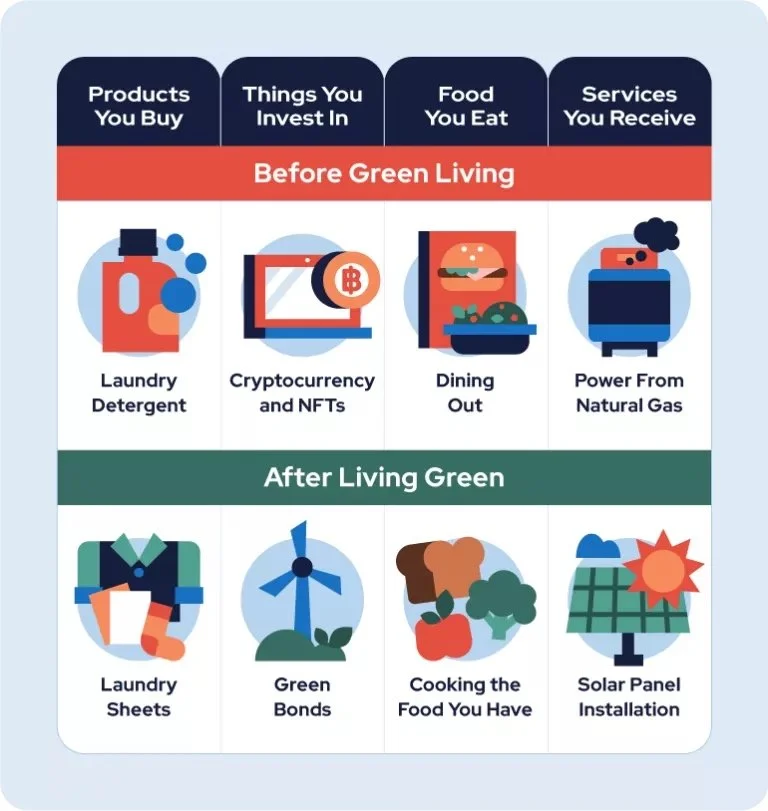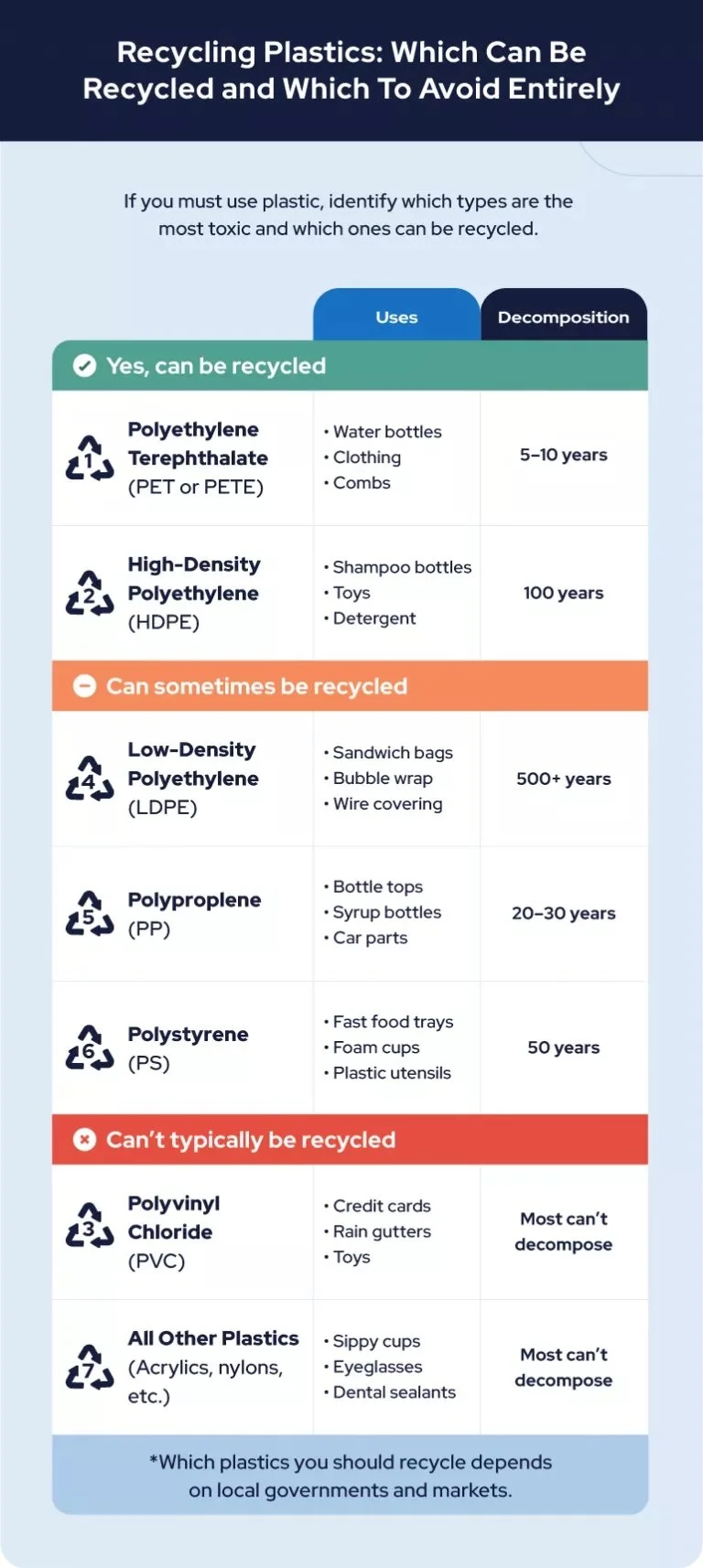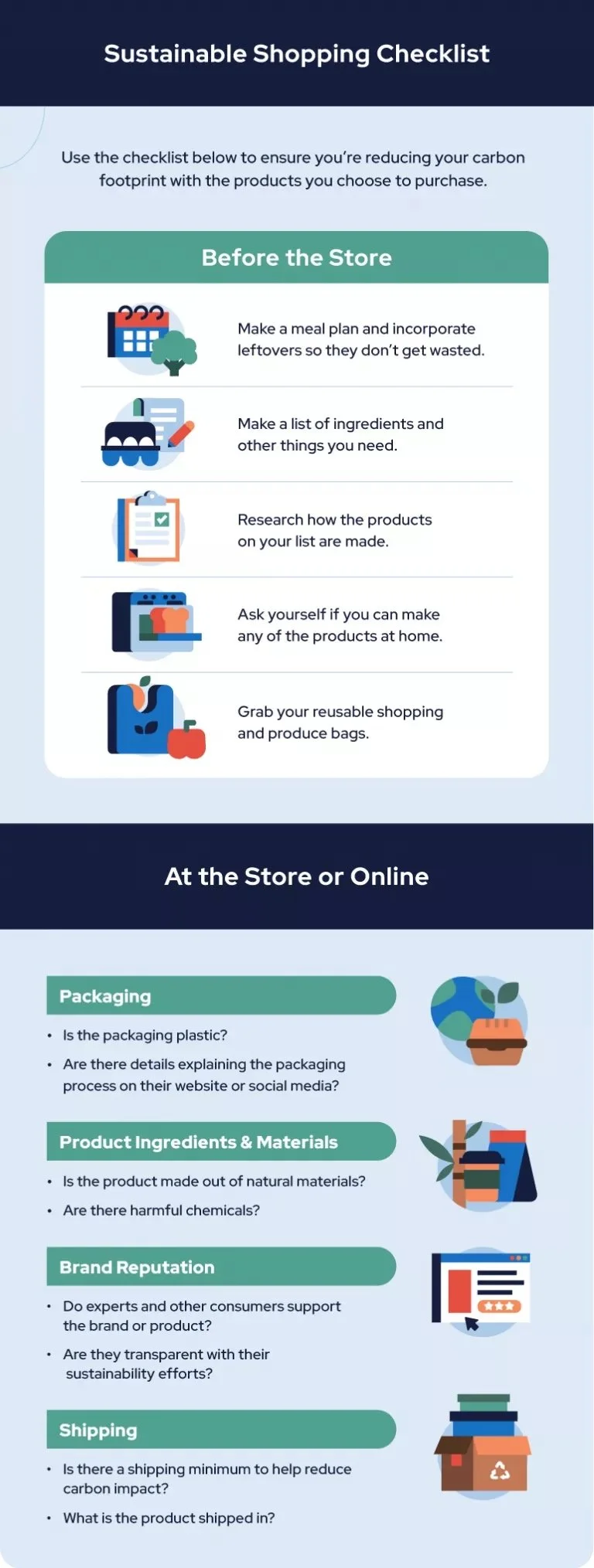Saving Your Health, Wealth and the Planet in Green Retirement Communities
Please see below an excerpt of an excellent article by Savannah Hanson, Senior Financial Editor at RetireGuide, on how living a more environmentally friendly lifestyle can help you protect your health, your retirement funds and the planet. You can do this in any number of ways, including taking public transit more often, reducing your waste or by living in a green retirement community.
Click here to read the full version of the article.
As fossil fuels continue burning at an accelerated pace and plastic consumption increases, more people are making a concerted effort to protect the environment and Earth’s natural resources.
Doing so can save our ecosystems from the dangers of human waste, particularly plastic. It can also encourage the slowing of climate change, which has the ability to disrupt both human and animal life.
Those 65 and older are making a marked effort to alter their lifestyle, particularly by making the move to green retirement communities. Continue reading to learn more about what you can do to make a positive difference for the planet and for your life.
What Is Green Senior Living?
Green senior living is a lifestyle choice that involves making a conscious effort to reduce waste and protect the environment through the reduction of greenhouse gases (GHG). These gases, according to the Environmental Protection Agency (EPA), trap heat in the atmosphere and contribute heavily to the warming we’ve seen in our climate.
Because living more sustainably can translate into many different facets of your life, making the transition can seem daunting. However, even incremental changes still make a difference, and any difference helps.
Eco-Friendly Alternatives for a Healthier Life, Wallet and Planet
Living sustainably has many benefits, and not just for the planet. By wasting less and using what you buy, you’ll save money and better protect your hard-earned retirement funds. Living in such a way can also help you avoid underutilizing the resources you already have, which in turn can help you avoid overspending.
Living a greener, cleaner life can also help protect your health, as many chemicals that negatively impact our climate and natural resources can also leave a mark on your well-being. Follow the tips below to get started on your sustainable living journey.
Take Public Transit or Alternatives When Possible
According to the EPA, transportation is one of the largest emitters of carbon dioxide, a common greenhouse gas. Taking public transit, riding your bike or walking instead of driving your car can help cut down on carbon emissions and make the planet a little cleaner.
Similarly, if public transportation isn’t available where you live and biking or walking isn’t possible, consider ridesharing or carpooling with others who are going to the same location.
In some cases, you could avoid taking transportation altogether. Instead, conduct your business over Zoom or another video conferencing software. Holding a consulting meeting if you still work on the side or a telemedicine appointment online can help reduce your carbon footprint, while also saving you some time by eliminating your commute.
Health impact: Research published on the National Library of Medicine shows that public transportation (light rail transit, in particular) reduces your odds of becoming obese by 81 percent.
Wealth impact: Depending on where you live, you could save as much as $800 or more per month by taking public transportation, according to the American Public Transportation Association.
Planet impact: A 20-mile round trip commute on public transportation could reduce your carbon footprint by roughly 4,800 pounds every year, according to the Center for Climate and Energy Solutions.
Avoid Plastics
According to data found by a team of researchers and published on Science.org, about 4.8 to 12.7 metric tons of plastic entered the ocean in 2010, and that number hasn’t decreased in recent years.
While some plastics are compostable, as outlined by the Environmental Protection Agency, not all plastics are biodegradable and can take hundreds of years to decompose. The process to make and break down plastic also releases toxic chemicals into the air we breathe and settles into the soils our food grows in, according to the Center for International Environmental Law.
To avoid plastics, consider doing the following things:
Buy in bulk to reduce your plastic intake
Shop at zero-waste shops
Bring your own reusable shopping bags to the store
Use reusable water bottles instead of single-use plastic bottles
Replace plastic toothbrushes with bamboo toothbrushes
Use bar soap, shampoo and conditioner instead of bottled product
Health impact: Eliminating plastic from your lifestyle can help you avoid cancer and immunity impairments, according to research in the National Library of Medicine.
Wealth impact: The average American could save roughly $200 every year by using a reusable water bottle instead of plastic water bottles, according to Earthday.org. Not to mention the hundreds you save from not using Saran wrap and other common single-use plastic products.
Planet impact: According to the EPA, the U.S. generated 35.6 million tons of plastic in 2018. That equates to about 18,000 pounds of plastic per person. You may not save a full 18,000 pounds of plastic from going to the landfill every year, but by eliminating plastic from your life, you’ll make a noticeable impact.
Live In a Green Retirement Community
Many green retirement communities have emerged in recent years. One benefit of living in one of these communities is that you’ll have nearby support when working to improve the state of the environment. Depending on the community, they may be going green by utilizing solar panels, investing in more efficient light fixtures or educating those in the area about living a more sustainable lifestyle.
If you’re looking for a green retirement community to downsize for your golden years, do your research about the buildings you look at. Consider how much energy they use and if there are ways you can make it greener — assuming it’s not already in a green community.
Consider looking more closely at LEED-certified buildings. This means the building passes certain health, efficiency, carbon reduction and cost-savings criteria by the U.S. Green Building Council.
Health impact: According to one Harvard study, cognitive scores were 61 percent higher for those in green building conditions.
Wealth impact: According to the Green Building Council, LEED-certified green buildings reduce maintenance costs by almost 20 percent.
Planet impact: LEED-certified buildings consume 25 percent less energy, 11 percent less water and CO2 emissions are reportedly 34 percent lower than buildings that aren’t LEED-certified.
Reduce Your Waste
According to the U.S. Department of Agriculture, the U.S. wastes 30 to 40 percent of its food supply each year. This isn’t only a waste of natural resources used to produce the food, it’s also harmful for the environment. As food rots in landfills, it releases methane gas, an even more harmful greenhouse gas than carbon dioxide, according to the World Wildlife Fund.
To reduce food and other waste, consider making the following lifestyle changes:
Stop buying things you don’t need (and that won’t last).
Store produce and other groceries properly so they don’t go bad too quickly.
Meal plan to ensure you use all the groceries you purchase.
Compost whenever and wherever possible.
Health impact: A recent study by Harvard University researchers found that reducing exposure to methane gas could reduce your risk of respiratory disorders.
Wealth impact: Americans could save an average of $1,400 a year by eliminating just their food waste, according to research conducted by William & Mary, a public research university.
Planet impact: By reducing food waste in particular, you could reduce your carbon footprint by 51,000 pounds each year, according to calculations by the EPA.
Replace Common Goods With Environmentally Friendly Alternatives
Replacing products around your home with an eco-friendly alternative is another way to save money and protect the environment. However, you should only replace these items once the product is no longer useful. Use the checklist below to ensure you’re buying products that aren’t harmful to the environment.
Eliminating single-use items from your home and lifestyle is also one of the most impactful things you can do to cut down on the waste you contribute to landfills and oceans. Common single-use items and environmentally friendly replacement options include:
Microfiber dish towels instead of paper towels
Reusable beeswax wrap or glass containers instead of sandwich bags
Reusable or compostable utensils instead of plastic utensils
LED light bulbs instead of incandescent bulbs
Washer sheets instead of detergent in plastic containers
Bamboo or recycled toilet paper instead of regular toilet paper
Using these and other items in place of environmentally harmful goods usually also means reducing the amount of plastic in your household, which leads to a wide range of benefits, as mentioned previously.
Health impact: Because laundry detergent sheets are made differently from regular liquid laundry detergent, these products often don’t contain formaldehyde. Before purchasing laundry sheets, check with individual companies to ensure their product does not contain this harmful chemical.
Wealth impact: According to Energy.gov, you could save up to $225 a year just by using LED light bulbs instead of incandescent bulbs.
Planet impact: Switching to bamboo toilet paper or another alternative can save four trees every 20 years for a household of two people, according to Inhabitat. If everyone in the U.S. did this, it could save nearly 31 million trees that absorb carbon dioxide from the atmosphere.
Understanding Product Life Cycles
Similar to humans, every product has a life cycle. The product is created, used, thrown out and either recycled or left in a landfill. To best utilize resources, extend the product life cycles for the goods you purchase.
For example, rather than throwing out your new plastic toothbrush to purchase a more environmentally friendly bamboo toothbrush, consider using your plastic toothbrush for the recommended span of use. Once it no longer serves you, use it to clean the small crevices in your house that you can’t get to with a rag to extend the toothbrush’s life cycle.
Throwing away products that still have some life in them contributes to our planet’s waste problems. If, after reading this guide, you feel motivated to change your lifestyle, do so in stages so you aren’t ending product life cycles too early.



